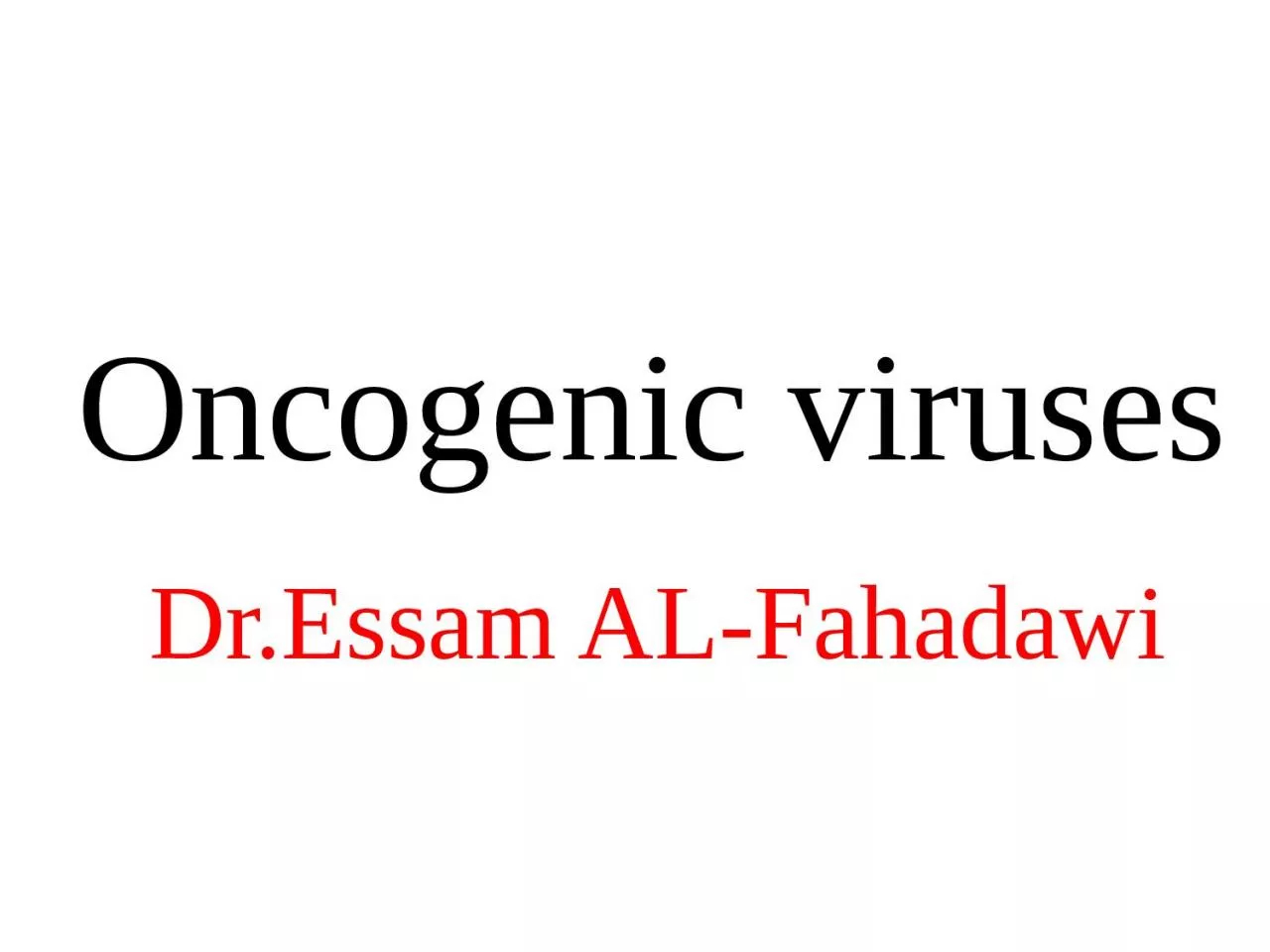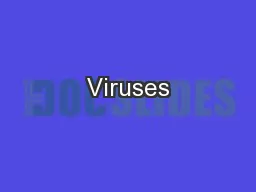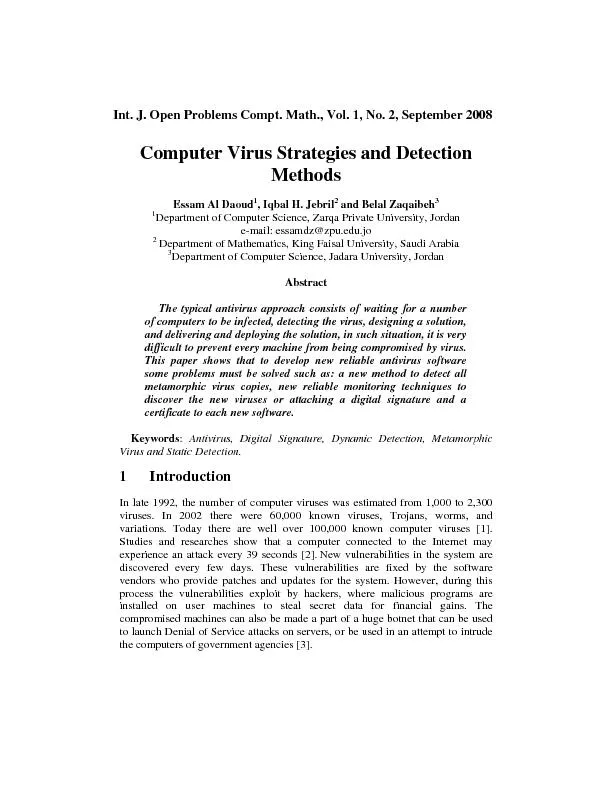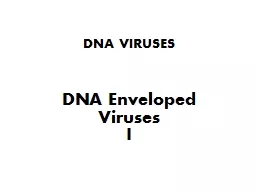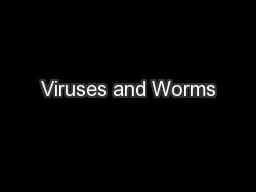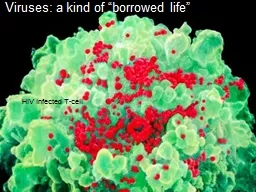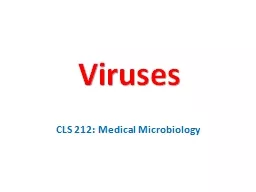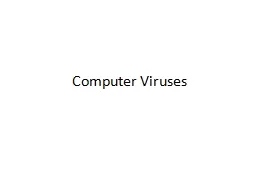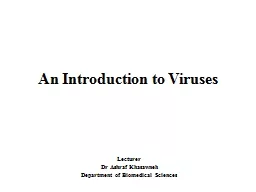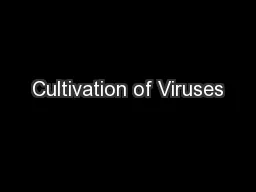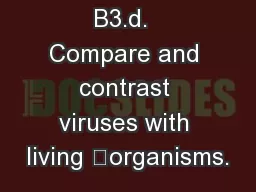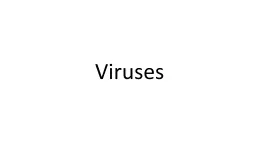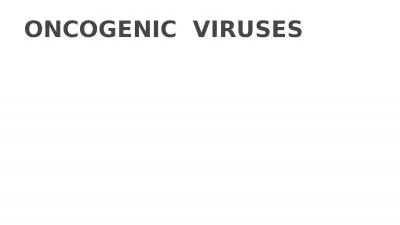PPT-Oncogenic viruses Dr.Essam
Author : PeacefulPanda | Published Date : 2022-08-03
AL Fahadawi Oncogenic viruses HPV EBV CMV Oncogenesis An abnormal growth of tissue resulting from uncontrolled progressive multiplication of cells and serving
Presentation Embed Code
Download Presentation
Download Presentation The PPT/PDF document "Oncogenic viruses Dr.Essam" is the property of its rightful owner. Permission is granted to download and print the materials on this website for personal, non-commercial use only, and to display it on your personal computer provided you do not modify the materials and that you retain all copyright notices contained in the materials. By downloading content from our website, you accept the terms of this agreement.
Oncogenic viruses Dr.Essam: Transcript
Download Rules Of Document
"Oncogenic viruses Dr.Essam"The content belongs to its owner. You may download and print it for personal use, without modification, and keep all copyright notices. By downloading, you agree to these terms.
Related Documents

